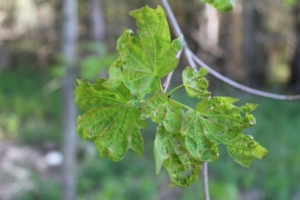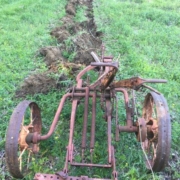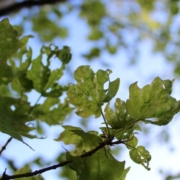Back to the Earth
“We’re out of strawberry plants. And seed potatoes. And onion starts. We have a few asparagus left – that’s it. We’ve never sold out of everything this early in the 40 years I’ve been here.”
– elderly woman behind the counter of a feedstore in a small town
Reports from all over the region hold that there’s been a surge in gardening this spring, an idea that shines in the midst of a pandemic that’s killed 100,000 people in the past three months.
I’ve heard it explained in survivalist terms: people are afraid of food shortages so they’re taking matters into their own hands. I tend to see it more in spiritual terms. We shed our anxiety, or our grief, or our anger, by breaking ground. The world comes at us with waves of incomprehensible change, and so we look down to what moors us. We turn soil and turn inward towards something basic and primal and pure.
As World War I raged, more than a century ago, the poet Thomas Hardy wrote this poem called “The Breaking of Nations.”
Only a man harrowing clods
In a slow silent walk
With an old horse that stumbles and nods
Half asleep as they stalk.
Only thin smoke without flame
From the heaps of couch-grass;
Yet this will go onward the same
Though Dynasties pass.
Our crisis looks and feels different. Yet there’s still comfort in this rhythm.
Like the rest of you, I’m going all in on the garden this year. To make more space, I pulled an old drag plow out of the hedgerow and hooked it up to a tractor. I don’t know how old the plow is, but it’s old. There’s a chance Thomas Hardy was still alive when it was in use. The wheels skidded for a few meters but then turned. I walked it gingerly to an open area in the back, then popped the clutch rod. It landed with a thud, and as I pulled, two dark ribbons of earth unspooled in its wake.
It felt like prayer.
A Good Year For Pear Thrips
This has been one of those years that really brings the timing of spring into focus. We had a pretty warm March, followed by a pretty cold April. (April averaged out at 3.2 degrees below the long-term normal in Saint Johnsbury.) This cold continued into May, a month that featured several unprecedented cold-weather events, including that 8” snowstorm on the 9th. The sugar maple leaves had broken bud earlier that week in southwestern Vermont; the ones in our sugarbush then endured the snow and three nights where the temperature fell into the upper 20s.
I’ve been monitoring the frost damage since then (which is to say periodically walking around with binocs and jotting down general observations). And it’s not as bad as I feared it might be. Certain trees had certain leaves succumb – maybe 10-15 percent in the worst cases. I couldn’t find a pattern as to why certain trees took it harder than others.
A bit more discouraging is the pear thrip damage I’m seeing. On most years, these non-native insects are not that big a deal. But during drawn-out springtimes like this one, when the buds break but then cold weather delays leaf expansion, the damage can get ugly. In some cases the tiny insects cut the compressed leaf with their sharp mouthparts – when the leaf fully opens, the effect is similar to when you fold a piece of paper and cut a snowflake pattern into it with scissors. In other cases they scrape and damage the plant tissue, which leads to stunted, curled, mottled leaves. If you’re wondering what they look like, you can see a picture here: We don’t often see them because we don’t often look; also because they spend most of their life underground.
In my surveying, some trees look fine, some look moderately damaged, some – especially unhealthy and small trees – look bad. I won’t know the extent of the damage until the canopy is fully developed.

Mottled, disfigured leaves.


